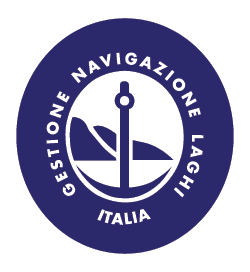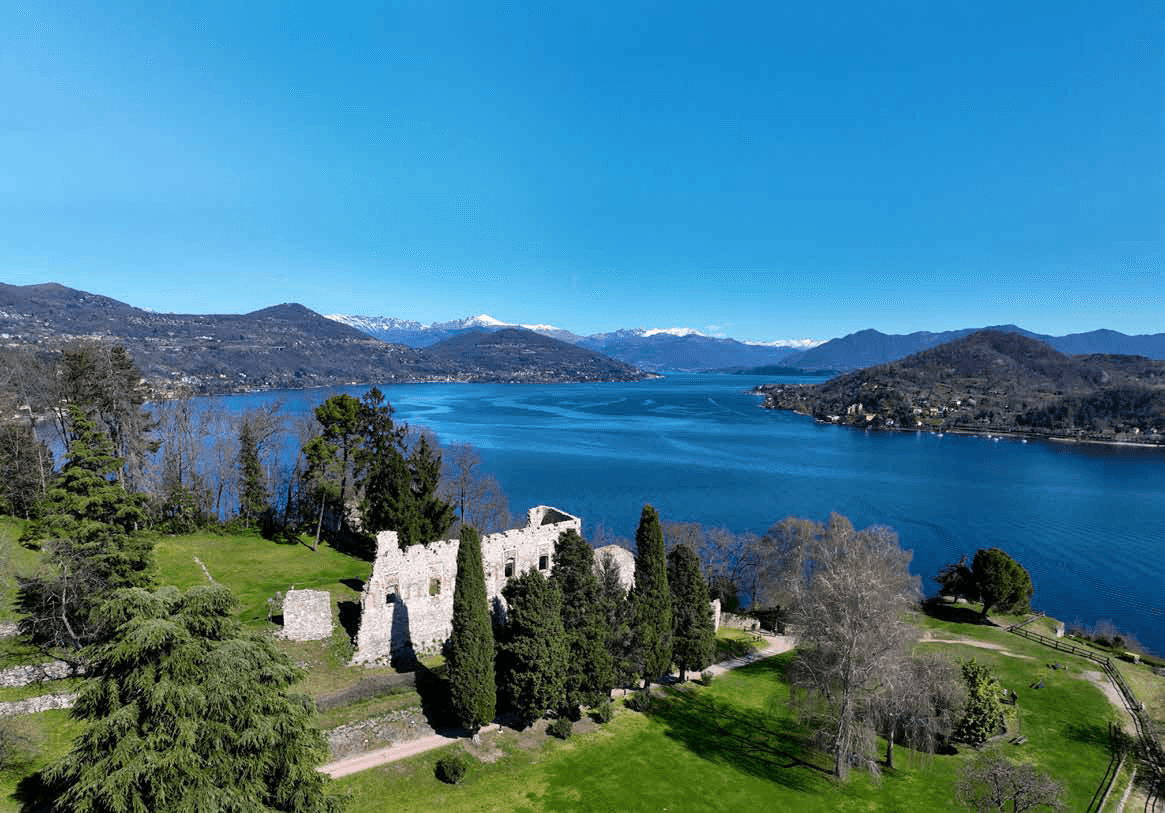The few remaining ruins of the ancient fortress built by the Lombards and destroyed by Napoleon are in a magical location perched high over the lake in a large public park.
A 100 metre-high rocky spur offering one of Lake Maggiore’s most beautiful panoramas. We’re talking about Rocca Borromea di Arona, a fortress from which the Lombards historically defended the area from enemy attack. It was built in the year 1000 but over the centuries it changed hands many times, beginning with the archbishops, then the Viscontis and lastly Vitaliano Borromeo, in 1439. It was, in fact, in one of the fortress’s rooms that famous cardinal San Carlo Borromeo was born in 1538. Napoleon Bonaparte ordered it to be destroyed in 1800 and all that remained of it after that was a few ruins and a large park where visitors can relax in the midst of a magical atmosphere suffused with history and nature.
BREATHTAKING VIEWS
Visitors to Rocca di Arona primarily go there for its uniquely beautiful views. An uphill gravel path leads to a large public park. The views from here take in the whole Vergante and, further afield, Rocca di Angera which, unlike its twin, has survived intact on the opposite side of the lake.
A visit to Rocca di Arona is an ideal opportunity to plunge into a fascinating history and the silence of the natural world around it. What remains of the historic walls and towers is the backdrop to a pristine natural world which can be explored on the footpaths surrounding its hilltop site. Trekking enthusiasts can hike up to the higher panoramic points where the views take in the whole of the lake and the Alps beyond. The route then continues through the woods of Valle Vevera to the little lakes of San Carlo and Motto Grande, the 434-metre-high hill which towers over Arona.
THE SAINT’S PLACES
Visitors to Arona cannot but be won over by the sites bound up with the name of San Carlo Borromeo, the guiding light behind the Catholic Counter
Reformation.
Part of the Sacro Monte which was to have been dedicated to this saint is to be found on a hill to the north of the fortress. The project was never completed and only three of the fifteen planned chapels can be visited, in addition to the main church and the famous Colosso di San Carlo statue, an impressive work also known as Sancarlone (Sancarlòn in local dialect).
Info panels along the path recount its centuries of history, giving visitors the chance to find out more about one of Lake Maggiore’s most emblematic places
and people.





